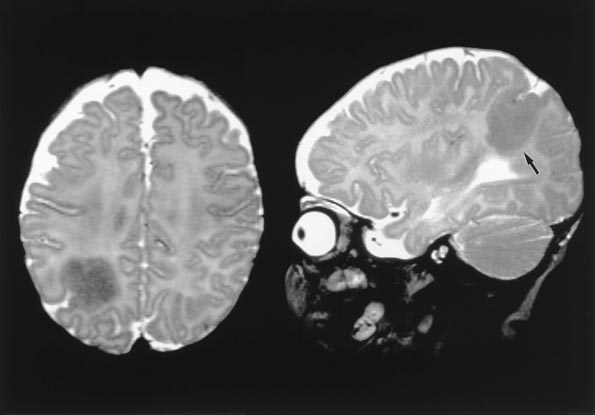
Surgical treatment of epilepsy in children,
Pediatric Neurology,
Volume 19, Issue 3,
1998,
Pages 179-188,
ISSN 0887-8994
- Introduction Epilepsy is a neurological disorder characterized by recurrent seizures caused by abnormal electrical activity in the brain. While medication is often the first line of treatment, surgical management may be considered for patients who do not respond well to drugs. As a pediatric neurosurgeon, I specialize in treating epilepsy in children and adolescents, using various surgical techniques to control or eliminate seizures and improve the quality of life for young patients and their families.
- Causes Epilepsy can result from various factors, including genetic predisposition, brain infections, head injuries, developmental disorders, and brain tumors. Identifying the cause of epilepsy is crucial for determining the best treatment approach, which may include surgical intervention.
- Epidemiology Approximately 1 in 26 people will develop epilepsy during their lifetime, with a higher incidence in children and adolescents. Early diagnosis and appropriate treatment are essential for managing the condition and minimizing its impact on a child’s development and daily life.
- Symptoms Seizures are the primary symptom of epilepsy, and they can manifest in various forms. Some seizures may involve convulsions or loss of consciousness, while others might cause subtle changes in behavior or sensations. The type and frequency of seizures can vary significantly from one patient to another.
- Pointers to Diagnosis A thorough medical history, physical examination, and diagnostic tests like electroencephalogram (EEG) and neuroimaging studies (MRI or CT scan) are crucial for diagnosing epilepsy. A pediatric neurosurgeon may also be involved in identifying the source of seizures and determining if surgery is an appropriate treatment option.
- Natural History The course of epilepsy can vary significantly between patients. Some children may outgrow their seizures, while others might experience them throughout their lives. Timely and appropriate treatment can significantly improve the prognosis and help patients lead more fulfilling lives.
- Treatment Options Medications are often the first line of treatment for epilepsy, but if they fail to control seizures or produce intolerable side effects, surgical intervention may be considered. A pediatric neurosurgeon may perform various procedures, such as lesionectomy (removal of the seizure-causing area), corpus callosotomy (severing the connection between the brain’s hemispheres), or vagus nerve stimulation (implanting a device to regulate brain activity).
- Outcome Surgical management of epilepsy can lead to a significant reduction in seizure frequency or even complete seizure freedom in some cases. The outcome depends on various factors, including the underlying cause of epilepsy, the patient’s age, and the specific surgical procedure performed. A pediatric neurosurgeon will carefully assess each case to determine the potential benefits and risks of surgery.
- Follow-up After surgery, regular follow-up appointments with a pediatric neurosurgeon are essential to monitor the patient’s progress and adjust treatments as needed. Patients may also need ongoing support from other healthcare professionals, such as neurologists, psychologists, and therapists, to address any related issues and help them adapt to life without seizures.
In conclusion, surgical management of epilepsies is a viable option for children and adolescents who do not respond well to medications. A pediatric neurosurgeon plays a critical role in assessing, treating, and monitoring these young patients, helping them achieve better control of their seizures and improving their overall quality of life.
